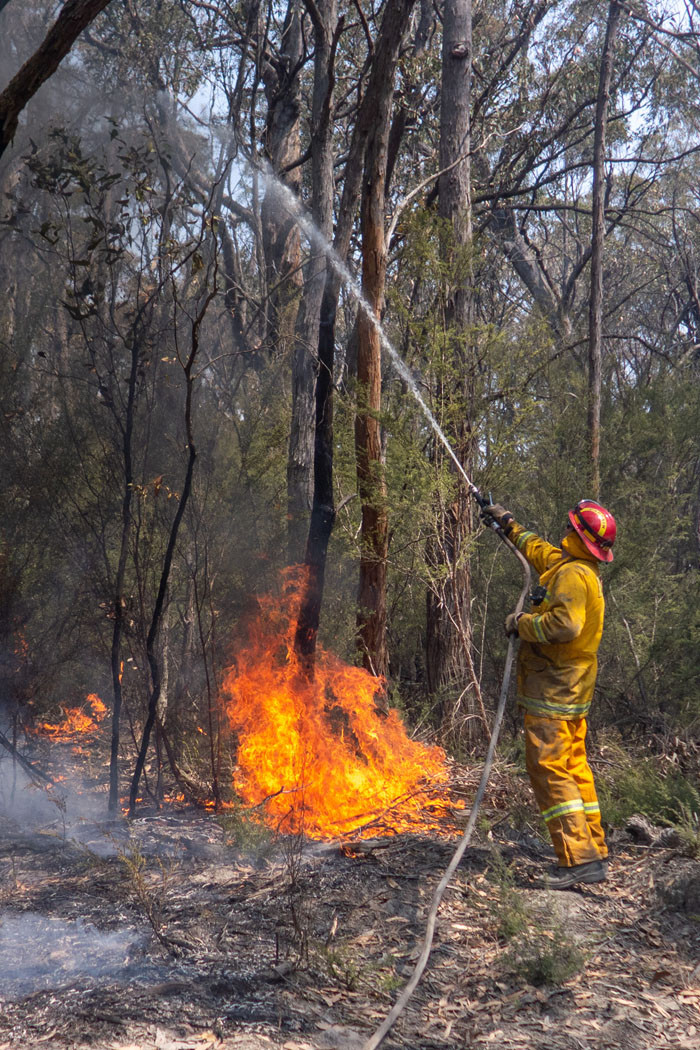After the Fire: A Recovery Guide – Property Damage: Lost Trees

California Health and Safety Code section 13007 makes a person or entity civilly liable if they willfully, negligently or wrongfully set a fire that escapes to the property of another.
More simply put, if it turns out there is a person or entity who was negligent in starting a wildland fire, that person or entity will likely be held responsible for damages in court.
In a semi-rural area like Sonoma County, there are certain types of fire losses that have a unique value in law when negligence causes a fire.
Take for example, damage to trees.
In California, a negligently set fire that comes onto your property and causes damages constitutes a “trespass.” That, the California Court of Appeal decided in Kelly v. CB&I Constructors, Inc., triggers a statute that authorizes an award of double damages “[f]or wrongful injuries to . . . . trees . . . upon the land of another, . . . where the trespass was casual or involuntary.”
So, what is a tree worth? Well, now we’re in the province of experts.
Once source notes that the 1992 American Forestry Association book, “Growing Greener Cities” finds that a single tree provides $73 worth of air conditioning, $75 worth of erosion control, $75 worth of wildlife shelter and $50 worth of air pollution reduction. Multiple those benefits over the life of a tree, say fifty to one hundred years, and one tree’s value easily falls in the tens of thousands of dollars.
More commonly, experts will look at the appraised value of lost or damaged trees in calculating value. If you consider the cost of replacing a mature tree of good species in good condition with one of like kind and quality (if that is even possible), it is not difficult to arrive at dollar calculations in the multiple thousands.
Appraisers will usually consider four major factors in assessing the value of a given tree: size, species, condition and location.
In measuring size, the appraiser will consider height or trunk diameter. Branch spread and bark thickness may also fit into the equation.
Some species are more desirable than others and so may be more valuable. This is particularly true where a species takes a long time to reach a desired size or shape, making older specimens more prized and so, more valuable.
A tree’s overall condition is an important factor. Roots, trunk, branches, general health and fitness, all play a role in determining value. A healthy fir in prime condition has more value than one that is bark beetle damaged and barely hanging in there.
Finally, there is the tree’s site. Placement can be a big value driver where a tree adds special aesthetics to a property. Consider how the tree interacts with the general area around it, the buildings, hardscape and other landscape features.
If you have insurance and lost landscaping – including trees – your policy will likely provide coverage for that loss.
Insured or not, take a moment to look at the trees you’ve probably always taken for granted and wonder at their true value, so much more than gold.
Share this resource
Schedule a free consultation
Find the answers and financial compensation you need to recover.